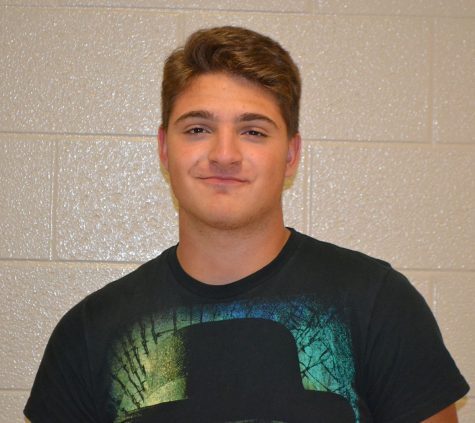Launching into the end of the year
May 16, 2016
Ending the year with a blast, or to put it more accurately, a launch, is what students of Andrew Wilkins plan. Sometime in May, when the weather permits,students of the PLTW (Project Lead the Way) Aerospace Engineering class taught by Wilkins don’t plan to take their space race quite to space, but they do intend to get their balloon up into the atmosphere.
The balloon’s mission is to go high up into the atmosphere, performing many different experiments measured by the effects on different items attached to the balloon.
All blocks of the Aerospace class is currently working on the project, dividing themselves into different teams working on the various aspects of the project. The experiments team, responsible for what the balloon will accomplish once in launched, consists of 4 people and has equipped the balloon with many different items to measure the effects of the air pressure and altitude on them.
“There are Peeps on the side of the balloon to measure what they will do at that altitude when exposed to those pressures,” junior Tyler Law, a member of the experiments team, said. “There are actually 3 balloons, one of each gas, CO2, oxygen and helium. The goal of this is to see how the different gases expand and contract in contrast of each other. We might be sending up worms if that’s possible for us, and there will be an open flame inside of the box carried by the balloons.”
The launch date is tentative, but the class is ready to happen whenever the weather permits. Wilkins is waiting to make that decision.
“Whenever the weather clears up, we’ll launch then, sometime in the beginning of May is what it’s looking like now on the forecast.” Wilkins said. “It’d be nice to have a clear day so that the camera can see down as the balloon goes out.”
The balloon’s mission goes all the way up to 100,000 feet within one to two hours. After it reaches that altitude, the mission is still far from over.
“Once it reaches the right altitude, it’ll pop, and the parachute will deploy.” Law said. “Then a team will go to retrieve it, and we can see how the experiments worked out.”
The Data Analysis team will then finally be able to figure out what they can learn from the mission. The mission is also available to see live via a link on the Aerospace class’s twitter page, @noblaero.



